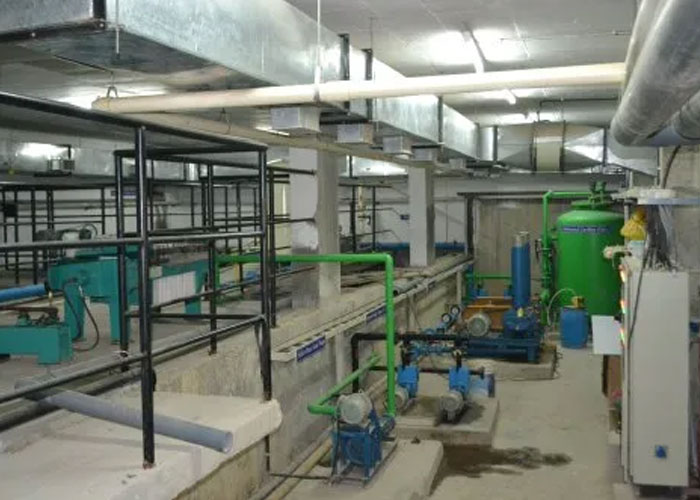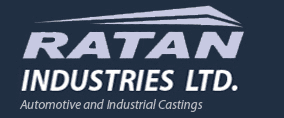Modern-day wastewater treatment equipment can help refineries improve their effluent quality and comply with environmental regulations. Choosing the right equipment to reduce the risk of contamination is important. WesTech offers a variety of wastewater treatment equipment, including API-421 compliant rectangular tanks and stainless steel chain-and-flight mechanisms. The company also offers a new tank design with a slanted bottom, which allows for improved solids collection. Moreover, the new design features skimmers to improve oil removal. This eliminates the need for a costly chain-and-flight mechanism.
Depending on the location of your home, you might have to purchase an STP to handle your sewage. Generally, residential buildings need at least one STP to treat sewage. Many STPs are located underground, making them difficult to maintain. Moreover, you may not be able to inspect them without hiring an expert. It is better to consult a professional if you have any doubts about the process.
Membrane technology
Membrane technology is a revolutionary approach to wastewater treatment that is becoming an increasingly popular option for oil refineries. Its benefits include a reduced footprint and high effluent quality. It can also be used to replace traditional clarifiers and tertiary treatment processes.
Membrane technology is a highly effective way to extract water and filter it. Historically, however, membrane technology was deemed too complex for oil refinery applications. However, new research is pushing the envelope with a new technique that incorporates an advanced spirocyclic polymer to create a low-energy membrane that can fractionate complex hydrocarbon mixtures. While this new technology is still in its early stages, it has the potential to revolutionize crude oil fractionation and separation. The next step will be to industrialise the technology.
One of the biggest challenges in the field of membrane separation is fouling. This fouling occurs when foulants are deposited on the membrane surface. This fouling affects membrane performance and requires higher pressure.
Feed pretreatment

The industry has implemented several methods combining physical, biological, and chemical processes to treat the wastewater produced by oil refineries. In some cases, the natural ecosystems treat the wastewater by filtering it with floating aquatic plants. Afterward, the wastewater is treated by a land treatment system using various treatment methods, such as slow rate systems, overflow systems, or rapid infiltration systems.

One wastewater treatment method that oil refineries have adopted involves using membranes. These systems have various advantages and are highly effective in removing a wide variety of dissolved and colloidal pollutants. Membrane separation involves two basic steps: pretreatment and membrane separation. Pretreatment is the first step to membrane separation and plays a crucial role in ensuring its success. It changes the properties of wastewater to make it less fouling and increase the efficiency of the membrane process.
The right wastewater treatment system selection depends on the type of wastewater and available resources. Planning involves considering how many wastewater treatment systems will be needed, the type of wastewater, and how much money will be available. There are different types of wastewater treatment systems for different types of oil, so proper planning is important to ensure that the right one is chosen for your refinery.
Environmental regulations
Refineries are increasingly required to adapt modern-day wastewater treatment equipment to comply with new environmental regulations. The EPA promulgated the Petroleum Refining Effluent Guidelines and Standards in 1974, and these regulations were revised in 1975, 1977, 1982, and 1985. These regulations regulate the discharge of wastewater from over 140 oil refineries. These regulations require oil refineries to treat wastewater before it is discharged into the environment. They also require oil refineries to adopt pretreatment programs to meet the stringent requirements of the NPDES permit.
Refineries have complex wastewater treatment systems. Their wastewater can originate from various sources, including boiler water processes, cooling tower blowdown, and desalting. Additionally, process wastewaters are generated from tank bottom draws, desalination, and sour water stripping operations. These wastewaters can be used for various applications, including utility water and boiler feedwater.
Among the pollutants in wastewater are nitrogen, phosphorus, and dissolved oxygen. These pollutants can affect the environment and affect human health. These pollutants must be treated to prevent reintroducing them into the environment. Some wastewater can be radioactive or contain hazardous substances, and wastewater treatment systems need to be able to treat these chemicals. These pollutants can also affect the aquatic ecosystem.
Cost of system
The cost of an oil refinery wastewater treatment system depends on several factors, such as the amount of wastewater to be treated, BOD level, and discharge limits. A 100 GPM wastewater treatment system can cost between half a million dollars and $1 million. The type of equipment used to treat the wastewater will also play a part in the cost of the system.
Refineries typically use a complex train of treatment processes to remove oily water. These processes include chemical and biological methods, such as oil-water separation and dissolved-air flotation. Many of these systems also incorporate tertiary treatment, such as clarification.
Oil refineries generate a large volume of wastewater. These wastewaters can be generated from several sources, including boiler water processes, cooling tower blowdowns, and equipment flushing. In addition to wastewater from these processes, they also generate wastewater from desalting, desalination, and other processes.







































Share Post